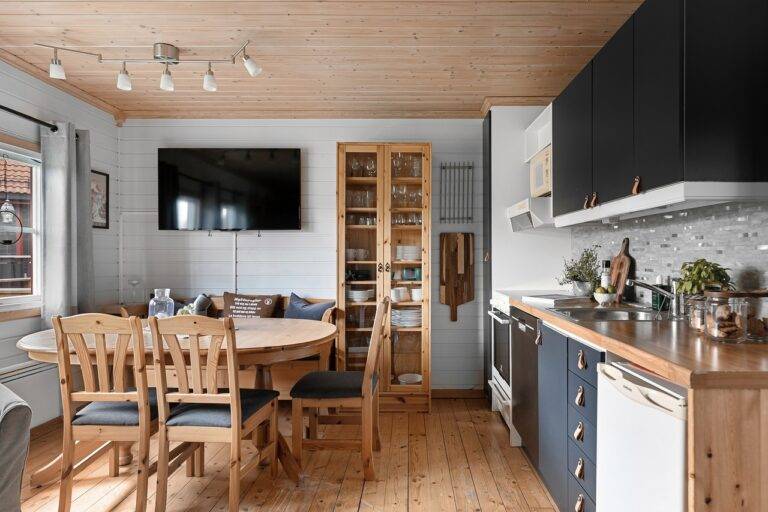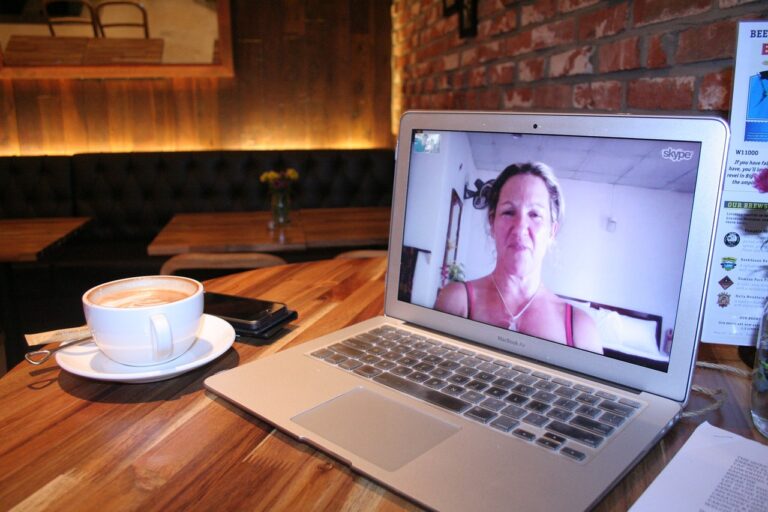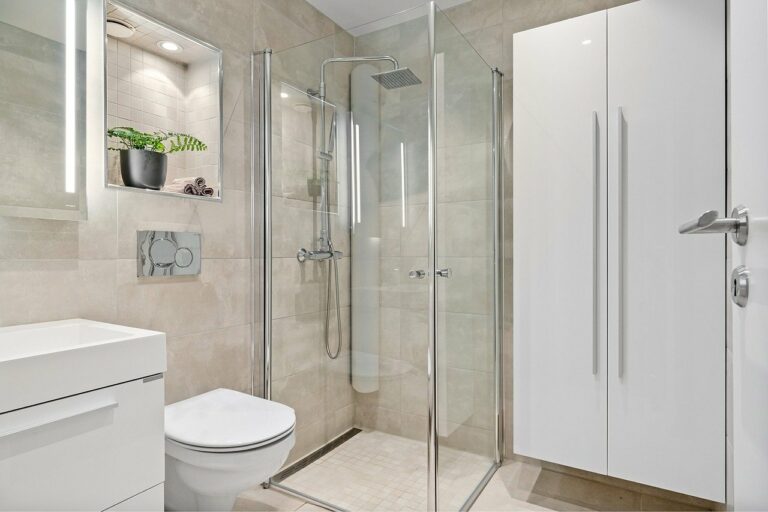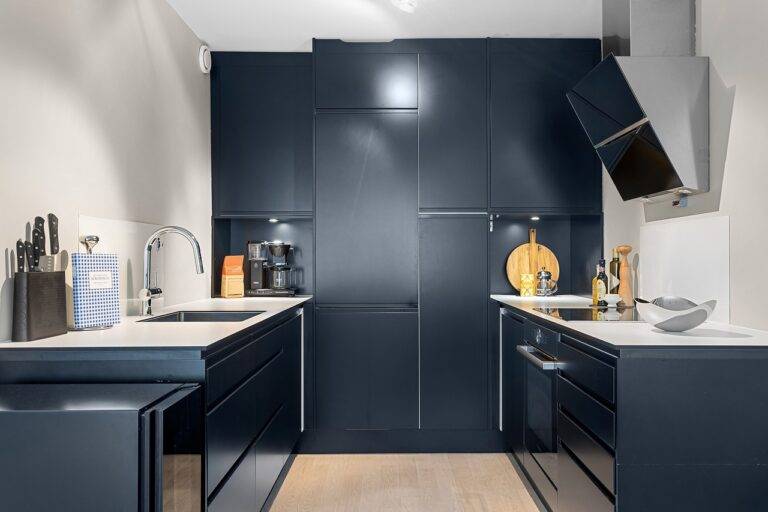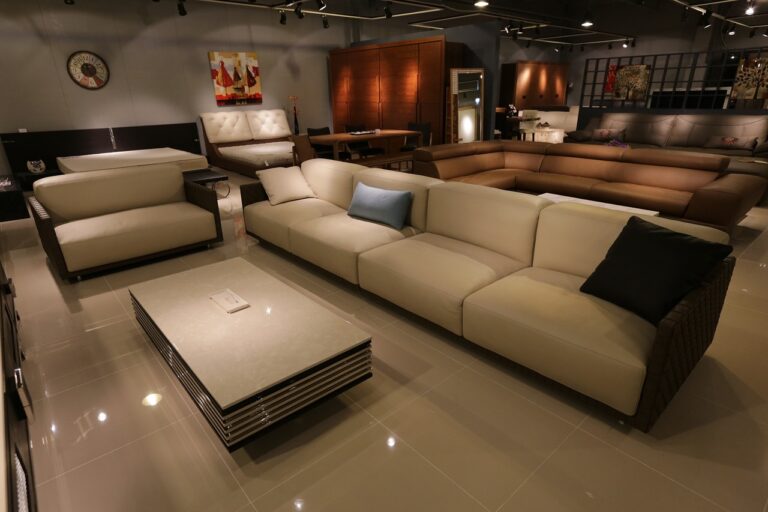Attic Conversion Trends: Mid-Century Modern Revival
betbhai book, cricbet99 login, diamondexch9 login:Attic Conversion Trends: Mid-Century Modern Revival
In recent years, there has been a growing trend towards converting attics into functional living spaces. This surge in popularity can be attributed to various factors, such as the need for additional living space in urban areas, the desire for more eco-friendly and sustainable housing solutions, and the rise of the minimalist movement. One particular style that has been gaining traction in attic conversions is the Mid-Century Modern aesthetic.
Mid-Century Modern design emerged in the mid-20th century and has since become a timeless style that continues to influence contemporary architecture and interior design. Characterized by clean lines, geometric shapes, and a focus on functionality, Mid-Century Modern spaces are known for their simplicity and understated elegance. When applied to attic conversions, this style can create a harmonious blend of vintage charm and modern sophistication.
Here are some key trends in Mid-Century Modern attic conversions:
1. Open Concept Layouts: Mid-Century Modern design emphasizes open spaces and fluid transitions between different areas. Attic conversions following this trend often feature an open concept layout, where the living, dining, and kitchen areas flow seamlessly into one another. This creates a sense of spaciousness and allows natural light to penetrate every corner of the space.
2. Scandinavian Influence: Scandinavian design principles, such as minimalism, functionality, and natural materials, complement the Mid-Century Modern aesthetic perfectly. Attic conversions that combine these two styles often feature light wood finishes, neutral color palettes, and simple, streamlined furniture pieces.
3. Statement Lighting: Lighting plays a crucial role in Mid-Century Modern design, with iconic fixtures such as sputnik chandeliers, arc floor lamps, and pendant lights adding a touch of retro flair to attic conversions. These statement pieces not only provide ample illumination but also serve as focal points in the room.
4. Vintage Finds: Mid-Century Modern enthusiasts often incorporate vintage furniture and decor items into their attic conversions to add authenticity and character to the space. From Eames lounge chairs to teak credenzas, these timeless pieces bring a sense of history and nostalgia to modern interiors.
5. Indoor-Outdoor Connection: Mid-Century Modern architecture is known for its seamless integration of indoor and outdoor spaces, blurring the boundaries between the two. Attic conversions that embrace this concept often feature large windows, sliding glass doors, and outdoor patios or balconies, allowing residents to enjoy the surrounding nature and fresh air.
6. Organic Shapes: In contrast to the straight lines and geometric forms typical of Mid-Century Modern design, organic shapes and curves are being increasingly incorporated into attic conversions. From rounded sofas to sculptural coffee tables, these soft, flowing elements add a sense of warmth and softness to the space.
7. Sustainable Materials: As sustainability becomes an increasingly important consideration in design, many homeowners are opting for eco-friendly materials in their attic conversions. Mid-Century Modern style lends itself well to this trend, with its emphasis on natural materials such as wood, stone, and leather.
8. Bold Patterns: While Mid-Century Modern design is often associated with muted colors and minimalist aesthetics, bold patterns and prints are making a comeback in attic conversions. From graphic wallpapers to geometric rugs, these eye-catching elements add a pop of personality to the space.
9. Retro Appliances: In keeping with the vintage vibe of Mid-Century Modern design, many attic conversions feature retro-style appliances in the kitchen. Think pastel-colored refrigerators, sleek stovetops, and funky light fixtures that harken back to the golden age of design.
10. Artistic Touches: Mid-Century Modern interiors often showcase a love for art and creativity, with unique sculptures, abstract paintings, and vibrant textiles adding a touch of artistic flair to attic conversions. These artistic touches help personalize the space and reflect the homeowner’s individual style.
In conclusion, the Mid-Century Modern revival in attic conversions offers a fresh take on a classic design style, blending vintage charm with contemporary sophistication. By incorporating open concept layouts, Scandinavian influences, statement lighting, vintage finds, and sustainable materials, homeowners can create functional and stylish living spaces that pay homage to the design aesthetics of yesteryears.
FAQs:
Q: How can I incorporate Mid-Century Modern design into my attic conversion?
A: Start by selecting a neutral color palette, adding statement lighting fixtures, incorporating vintage furniture pieces, and opting for sustainable materials. Be sure to keep the space clutter-free and emphasize clean lines and geometric shapes.
Q: What are some iconic Mid-Century Modern furniture pieces I can use in my attic conversion?
A: Some iconic Mid-Century Modern furniture pieces include the Eames lounge chair, Noguchi coffee table, Saarinen tulip table, and Bertoia diamond chair. These timeless pieces can add a touch of retro elegance to your attic conversion.
Q: How can I maximize natural light in my attic conversion?
A: To maximize natural light in your attic conversion, consider adding skylights, dormer windows, or floor-to-ceiling glass doors. Opt for light-colored finishes, reflective surfaces, and strategically placed mirrors to enhance the brightness and openness of the space.


